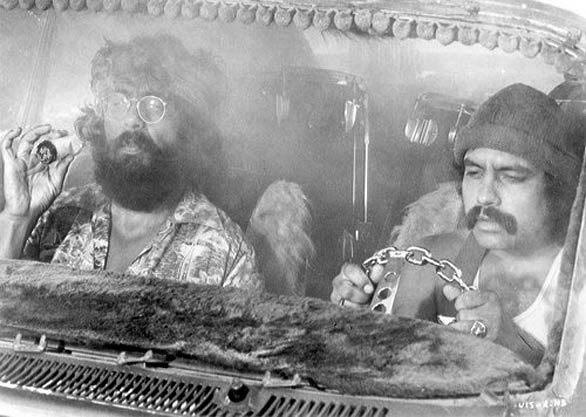In 2014, Oregon became the fourth state in the United States to approve marijuana for recreational use – and just last Thursday, on October 1st, the first legal Oregon dispensaries opened their doors for business.
While the initiative to legalize recreational marijuana details extensive restrictions and limits on marijuana use (e.g. purchasing limits, “gifting” limits, taxes), there’s one precaution that it fails to mention: the adverse effects of driving while high.
The Facts About High Driving – or Lack Thereof
Although marijuana is legal in 23 states and Washington, D.C. in some form or another, there have yet to be any definitive studies to help academically determine the legal limit of THC (the active compound in marijuana) when driving. Washington and Colorado both have imposed legal limits of 5 nanograms, but that number is largely arbitrary and isn’t based on much research at all.
To get to the bottom of this, in 2013 a news crew sought to find out how much marijuana it would take to truly show signs of impaired driving:
It took all subjects nearly a gram of marijuana (with wildly varying levels of THC in their blood) before they exhibited signs of driving out of character – and for the daily smoker, it took even more than that.
To compound on that, the first-ever study of marijuana and driving was conducted this past June at the National Advanced Driving Simulator in the University of Iowa, and may provide the most comprehensive look yet at this recent growing phenomenon. That study concluded that it would take 13.1 nanograms, nearly three times the legal posted limits in Was
hington and Colorado, to show behavior similar to someone with a .08 blood alcohol concentration.
The Looming Issues with Marijuana and Driver Safety
Perhaps the most important finding in the above study is the fact that analyzing a high driver’s breath wasn’t an effective, reliable measure of impairment. This is one of the main issues with enforcing any kind of rules regarding driving while high – the instantaneous measurement of THC in a driver’s blood is increasingly more complex than that of alcohol. No Breathalyzer-esque gadget exists, and even if one is developed, its measurements may be inaccurate and unreliable.
Indeed, while everyone knows that using marijuana can have the same effects on the road as consuming alcohol, no one yet knows just what the thresholds should be. Last year, the Colorado State Patrol started keeping track of marijuana-related DUIs for the first time ever – and found that in 2014, about 12% of all DUI cases involved marijuana.
That number is only going to rise as recreational marijuana becomes more prevalent. Oregon’s first week of marijuana sales were a whopping $11 million – considerably more than the initial proposal’s yearly estimated 2017 revenue of $9 million. With more people open to the use of marijuana, everyone within the driver safety industry must do their best to highlight the dangers of driving while high.













